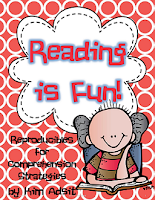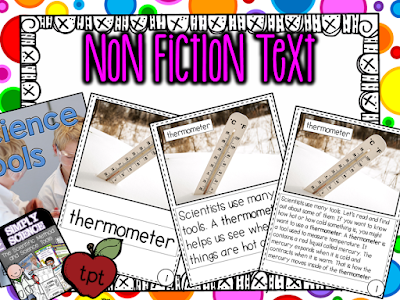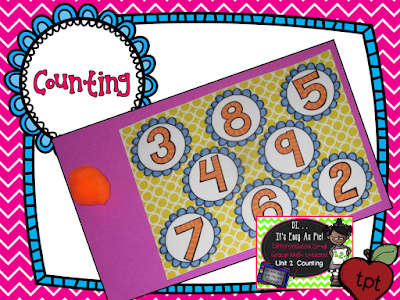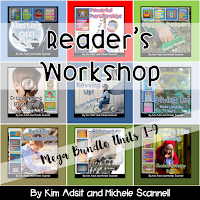So what can you do now that will make the most difference when you start back? Get that carpet bag done!
Here are the items in the carpet bag...
*word families book
* unit vocabulary notebooks
* alphabet charts and yes/no sticks
* Book of Lists
* Nursery Rhyme Books
* traveling word walls
* working mats
* literature journal
* student calendar notebook
Carpet Bags
You can find the actual carpet bag in lots of stores! These are some that I saw at the Dollar Tree. You can also use the recyclable grocery bags and just tape the three sides so they don't open all the way.
Carpet Bag Storage
The bags are stored in these three baskets. In the morning, the children get out their bag and place it on their spot in the large group area. We leave them there all day! At the end of the day, we return the bags to the baskets.
Carpet Bag Contents
We keep a small bag of supplies in each of the bags. In addition to the items mentioned below, the children also keep a small plastic container with 10 of the 2 sided counters. No more passing out supplies. Passing out supplies is a major time sucker!
Yes/No Response Stick
A yes/no response stick is as great way to get children to show their understanding of the concept. Again, no passing out. Just say, "Get out your yes/no stick." and they are ready to go!
Student Calendar Notebook
As I am doing the calendar, the kids follow right along. This is a perfect way to develop number sense. It also holds the children accountable for their learning!
Here are some of the pages from the student calendar notebook unit.
Traveling Word Wall
As I add new words to the word wall on Monday, the kids add them to their traveling word wall. The real purpose of the traveling word wall is to teach how the word wall is organized. Some kids will be able to read all the words on the word wall and others will not. The important part is, do they know how it is organized and how to use it!
Word Family Book and Book of Lists
We add a new word family to our Word Family books each week. This is a great way to introduce spelling patterns, chunks, short and long vowels.
We also add a new list to our book of lists each week. This is a great way to practice stretching words while reviewing concepts taught in science, social studies, and math.

The Literature Journal
Since we do most of our comprehension work together, I have my kids keep their literature journals in their carpet bag as well. Again, no passing out. Just invite the children to pull their journal out of their carpet bag!

Working Mats
The newest addition to our carpet bags is the working mats! Boy have they saved us some time. We took all of our math tools and our graphic organizers and bound them together into one notebook. Now the kids can easily get that out of their carpet bag. The problem...finding the right page. We added a tiny animal clip art in the corner of each page. Now we can just invite the children to turn to the page with the "bee"!
What is the purpose of the Carpet Bag?
- To optimize teaching time! No more having to collect and pass things out.
- Assessment: We do all of our large group teaching with the kids on the carpet. This makes it easy for us to see who is catching the concepts and who will need to pull for small group.
- Takes advantage of that "teachable moment."
- Makes students more independent. Each child is responsible for the contents of their bag.
Here are the resources to make your carpet bag.










































































